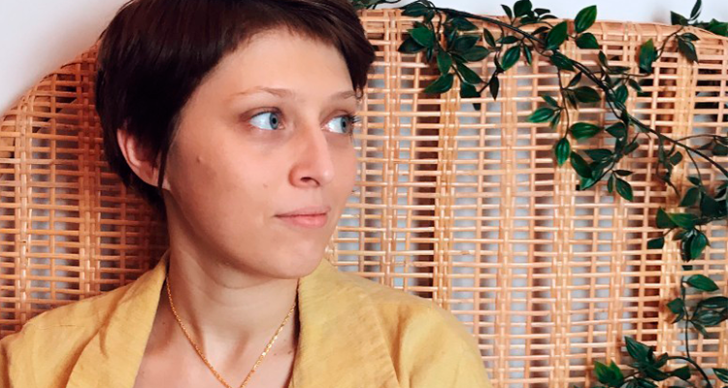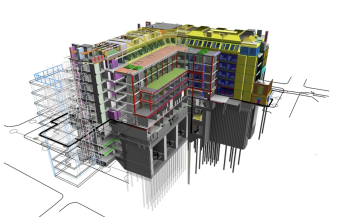Zigurat Global Institute of Technology
Blog / BIM & Construction Management
Interview with a woman engineer: Dora Horvath
Categories

To celebrate the International Women’s Day this month we have published interviews with our professors, collaborators and students. In today’s article we interview a woman engineer, our lecturer of Global Master’s in BIM Management Dora Horvath.
First, we'd like to get to know you better. What motivated you to study energy-efficient building technology?
I had always wanted to study in fields of technology, design, and sustainability. This university degree and study offered me the possibility to dedicate to my three interests at the same time. woman engineer. During your time as a student or carrying out your professional activity, have you had any role models or idols? I have never given this much thought. Or maybe I just didn’t and don’t have really a role model in my professional life.
You have been a volunteer in Thailand building a family house from natural materials. How did that kind of experience resonate with what you were learning at the university at the time? How does it resonate with you now that you have worked as an MEP planner and BIM coordinator?
The natural building workshop in Thailand was a great experience to get to know ecological materials from that area. As my study contained also architecture, I could use the knowledge from Thailand as a great supplement and recognize the differences between the building cultures. As in that climate there is actually not much need for MEP - only electricity and sometimes water supply if it’s not placed outside of the building - there was not that much of experience in that field. The workshop took place on an organic farm. Therefore, I would say the way of working was very low tech and far away from the world of BIM. This was also a nice experience for me, because during my studies, I learnt the designing phase from the first step with BIM and hadn’t that much knowledge or experience in the conventional way of designing.
Looking ahead to the future and to the new challenges we face as a society: How could architecture tackle and respond to them?
Approximately the third of the global CO2 emission are caused by our buildings and also many other problems occur with the fast-growing cities, as, for example, soil sealing and the growing amount of urban heat islands. Taking this aspect into account, there is a lot of potential in the development of the way we design, construct and use the buildings we spend our lives in. Sustainability is not the only possibility for buildings to influence the changes of our society, but also the use and the creation of space can be supportive for the new social challenges in communities.
How does being a woman help you achieve excellence in your job?
At this question, I have to make a difference between working as an MEP designer and as a BIM specialist. As an MEP designer, it's challenging to be a woman when most of the colleagues (both at the university and at work) are men, and basically it is a more of a man's profession. To gain appreciation and respect to your knowledge seems often harder than it is for the men and being a young woman doesn't help either. Working as a BIM specialist and woman enigneer is much more comfortable as a woman. Also, because there are more woman engineer working in this field than in the MEP design and therefore it is more accepted as a profession for women.




